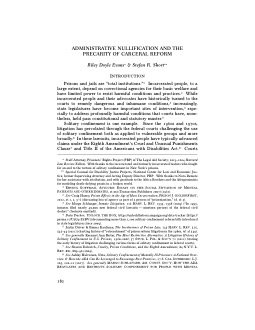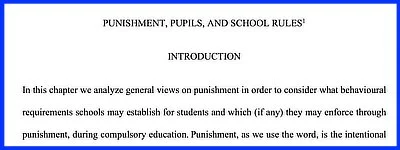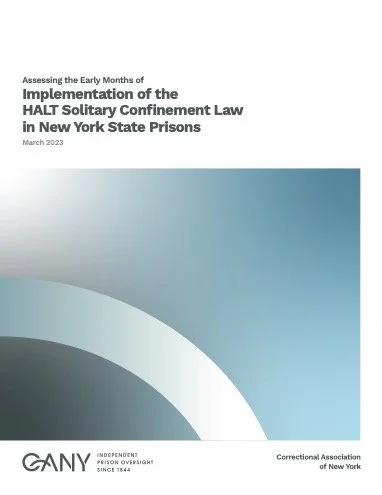By Kirsty Deacon
Key Findings There has been significant progress made by prisons in relation to their work with and for families of people in prison. All the participants in this research were passionate about their work with families and the importance of this. There are many examples of good practice in relation to families across the prison estate, but not always opportunities to make sure this learning is shared or replicated. While there was a general awareness of the Family Strategy and a recognition of elements distilled into operational documents it was seen as most, or solely, important for Family Contact Officers. There were felt to be some discrepancies between the rhetoric of the Scottish Prison Service and their Family Strategy and the practice in relation to families in some prisons. The Family Contact Officer role could be seen as simply a “stepping stone” for promotion or perceived as less valued than residential officers. While there were examples of families being treated with dignity and respect this was not felt to be consistent across all staff. There were examples of broad definitions of family being used, and flexibility in accommodating this, but there was not always a consistent approach across all prisons. Families were viewed predominantly in terms of the role they can play in the reduction of reoffending, but also in terms of their own needs and rights as individuals. The system the prison officers worked in could sometimes constrain their ability to work in rights-based ways. A distinction between roles focused on care and control and a perceived over-emphasis on the latter were mentioned. Covid 19 has offered opportunities to change the ways in which families are able to engage with people in prison and the prison itself. The technological introductions were all welcomed and it was felt they should continue in some way. There has been a significant impact on family relationships from lengthy periods of separation and a lack of meaningful contact, as well as the effects of isolation on those in prison during the pandemic. This is likely to continue to have an impact on prisoners, their families, and their relationships for some time. The inherent nature of the criminal justice system and the high prison population in Scotland will constrain how much the Scottish Prison Service can achieve in relation to working with families.
Glasgow: Scottish Centre for Crime and Justice Research, 2022. 46p.





















